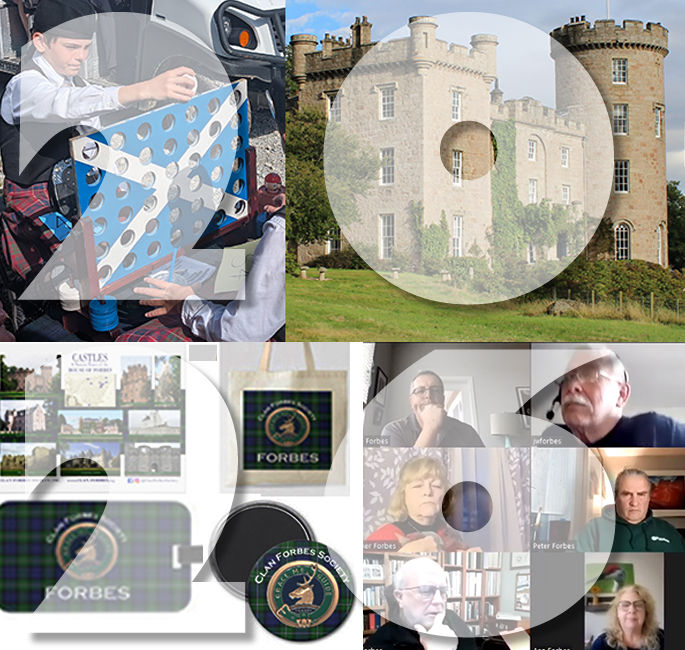St. John’s Church of Edinburgh
- Bart Forbes

- Jun 23, 2020
- 2 min read
Updated: Dec 17, 2022

One of the most enduring and consequential legacies of the House of Forbes is the Church of St. John the Apostle Scottish Church in the center of Edinburgh, Scotland. The leading lay figures responsible for funding and building the church were the sons of Sir William Forbes of Pitsligo 6th Baronet. Sir William Forbes, 7th Baronet, assumed the leadership of the bank his father created and his brother, John Hay Forbes, was a judge.
William Forbes, 6th Baronet, was greatly involved in advancing the religious reforms of 1804 which removed the remaining restrictions on the Scottish Episcopal church. He brought Archibald Alison to minister at the Cowgate Chapel in the Old Town and provided the New Town congregation with the Charlotte Chapel in Rose Street.

1804, Daniel Sandford oversaw the unification of the Scottish and Anglican Episcopal churches. Sandford became Bishop of Edinburgh in 1806 and Forbes sent him this congratulatory note: “With my whole heart, do I congratulate you, as well as myself, on the happy election this day of a Bishop of Edinburgh… I do verily believe we owe the happy union that has taken place among all who are attached to Episcopal principles; and which, I doubt not, will, in no long time, become universal all over Scotland.”

In 1814, Sandford he initiated the project to build larger and more suitable churches for the congregation. Since their father died in 1806, his sons banker William and judge John led the projects. They made the decision to build two churches since the congregation was too large for a single church. Therefore, a church was built at each end of the New Town in Edinburgh. Sir William Forbes was the chairman of the committee which managed the St John’s project, and his brother John played a similar role with the St Paul’s project.
For St. John’s Church, William selected architect William Burn and construction began in 1816. These first churches built for the Episcopalian congregation in Scotland were completed and consecrated in 1818. The sanctuary and chancel were built in 1879–82. The vestry and hall were added in 1915–16.

The most striking features of St. John’s Church are the stunning stained-glass windows, produced by John Ballantine. These were sponsored by members of the congregation and installed in 1857-61. Each has a Biblical scene above, and the arms and initials of the donors below. Four of the 10 windows were sponsored by members of the House of Forbes: Sir William Forbes, 7th Baronet (window number 4); his younger son Charles Hay Forbes (number 2); his younger brother George Forbes (number 8), and his sister & brother-in-law, Colin & Jane Mackenzie of Portmore (number 3).

St John's holds daily services and is unique in that it is the last remaining Episcopal church in Scotland to hold the weekly service of Matins.




Comments